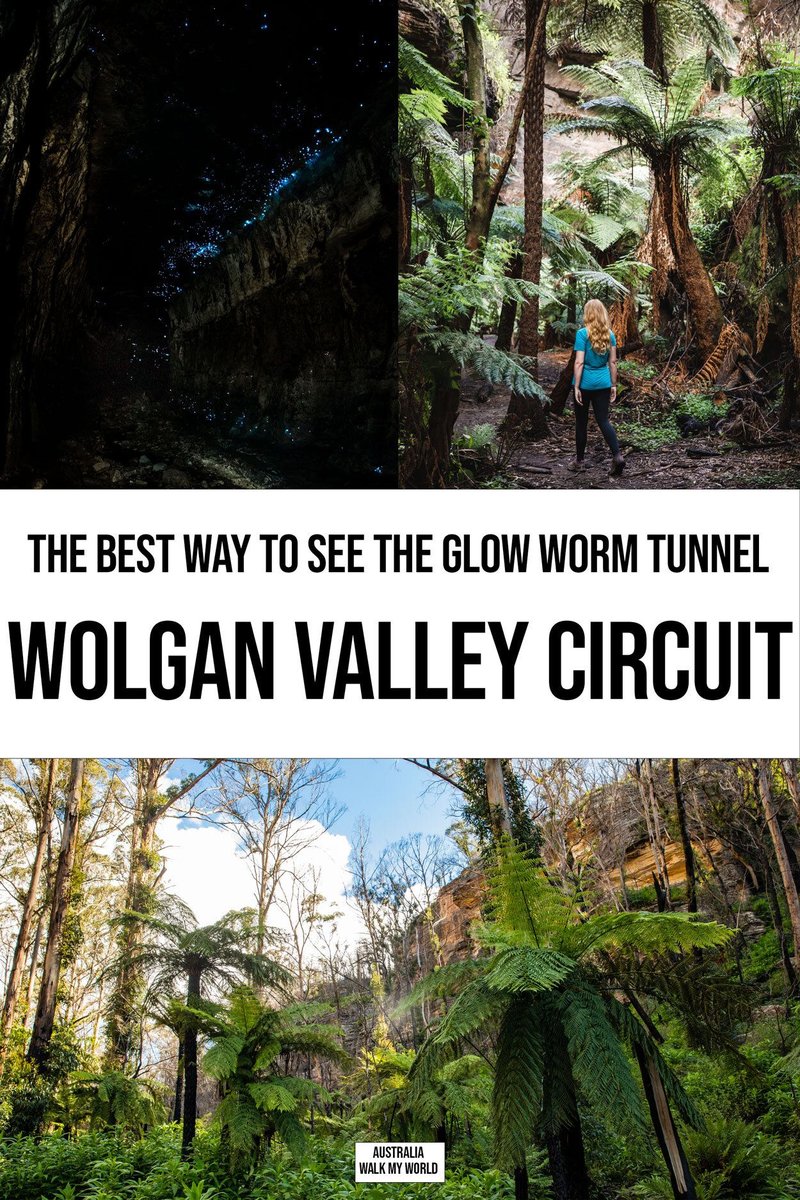
As enchanting as they are, glow worms are delicate beings that need our help to thrive. Signage along nature trails is crucial for educating visitors about these glowing wonders and ensuring their protection. Just like a lighthouse guides ships safely to shore, proper signage can guide nature lovers in enjoying glow worms responsibly. Let’s dive into the world of glow worms and the importance of signage and protection on nature trails.
What Are Glow Worms?
Glow worms capture the imagination with their soft glow and mysterious presence. To understand them better, we must first clarify what they really are. Glow worms belong to the beetle family, specifically the Lampyridae family in some regions. The most recognized ones are *Lampyris noctiluca* found in Europe and *Arachnocampa luminosa* in New Zealand and Australia. Instead of a traditional worm, think of them as larvae that emit light to attract their prey—often small insects—while also serving as a mesmerizing sight for hikers.
Their glow comes from a chemical reaction involving luciferin, a light-emitting compound. Imagine the glow like tiny lanterns in the dark, aimed not to illuminate a path, but to lure unsuspecting insects. The glow is usually more intense during their active period at night, which makes nighttime hikes an excellent time to see these luminous larvae.
Significance of Glow Worms in Ecosystems
You might be wondering why we should care about glow worms beyond their beauty. Well, these creatures play a vital role in their ecosystems. For one, they act as excellent indicators of environmental health. Their presence often means the area is clean and supports biodiversity. When glow worms thrive, it signals that the ecosystem is balanced, making them crucial for bioindicators.
Furthermore, they contribute to the food web. Glow worms attract and capture insects, which in turn, support other wildlife, including birds and amphibians. By protecting glow worms, we’re indirectly helping other species flourish too. Think of it like maintaining a delicate balance—each organism, no matter how small, has its place.
The Role of Signage on Nature Trails
Signage is essential in promoting awareness and protecting glow worms on nature trails. Picture this: a family excitedly hiking and suddenly coming across a sign that reads, “Glow Worm Habitat – Please Do Not Disturb!” That simple message can remind visitors to tread lightly and respect these unique creatures.
Effective signage can also share crucial information. Signs can explain glow worms’ biological functions, their habitat needs, and how humans can impact their survival. Additionally, it serves as an educational tool, inviting curiosity and appreciation for the natural world. By planting seeds of knowledge, we can foster a deeper connection between people and nature.
Types of Signage for Glow Worm Protection
When it comes to signage, there’s a variety of types that can enhance our understanding and protect glow worms. Here are a few examples:
- Informational Signs: These explain what glow worms are, why they glow, and their ecological significance.
- Warning Signs: These remind visitors to stay on marked paths and not use flashlights or other bright lights that could scare away glow worms.
- Interactive Displays: Consider signs with QR codes that link to videos or educational games, engaging visitors while providing valuable information.
- Directional Signs: These guide visitors to viewing areas designed to minimize habitat disruption, ensuring that everyone can safely enjoy observing these tiny wonders.
Each of these types serves a unique purpose, creating a comprehensive educational experience that benefits both humans and glow worms.
Challenges in Protecting Glow Worms
Despite our best efforts, glow worms face numerous challenges that threaten their survival. One of the most significant threats is habitat destruction. As urban areas expand, natural habitats are often altered or eliminated altogether. This loss makes it difficult for glow worms to find suitable environments to thrive.
Another major concern is light pollution. Bright lights from nearby cities or recreational areas can disrupt the delicate balance glow worms rely on for attracting mates and prey. They need darkness to glow, and too much artificial light can diminish their visibility and alter their behavior.
Additionally, human activity, such as littering or trampling sensitive areas, can harm glow worm habitats. It’s like stepping on a delicate spider web—once disturbed, it may take time to restore its beauty. That’s why signage becomes even more crucial in educating visitors about the impacts of their actions and encouraging more responsible behavior.
Creating a Safe Environment for Glow Worms
To truly protect glow worms, we need to foster a safe environment that supports their needs. This starts with education. Nature trails can host guided evening walks where individuals can learn more about glow worms and their habitats. Accompanying this with informative signage will reinforce this learning experience.
Implementing rules and guidelines is equally important. For example, limiting the number of visitors in sensitive areas can reduce the chances of habitat damage. Providing alternatives for nighttime activities can also help. Instead of bright flashlights, consider using red filters or headlamps, as red light is less disruptive to wildlife.
Involving the community is another effective way to raise awareness about glow worms. Local organizations can partner with nature trails to host workshops or cleanup events, encouraging everyone to take an active role in protecting these enchanting creatures.
Glow worms are not just magical sights to behold; they’re essential components of our ecosystems. By understanding their significance and the challenges they face, we can take steps to protect them. Signage on nature trails plays a crucial role in guiding visitors toward responsible behaviors, ensuring that future generations can also enjoy the beauty of these shimmering larvae.
So, the next time you find yourself on a nature trail, take a moment to admire the glow worms—you’re witnessing a small miracle of nature. Remember that with responsible enjoyment comes the duty of protection. It’s a shared journey between us and nature, and together, we can keep these twinkling lights shining bright.

